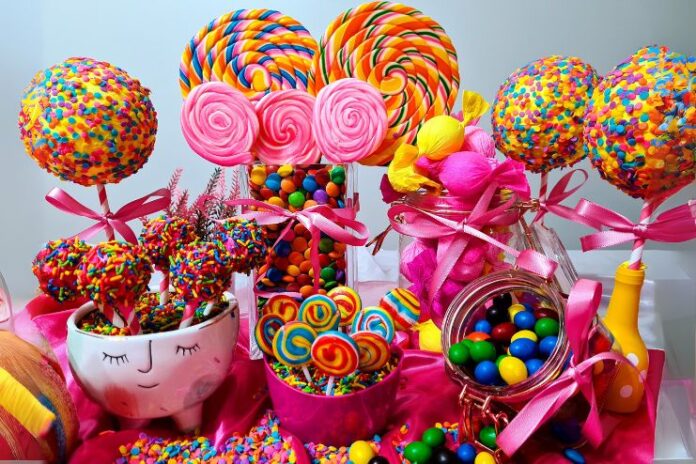Affiliate Disclaimer
Some links in this article are affiliate links. We may earn a small commission if you make a purchase through these links, at no extra cost to you. We only recommend products we find useful to our readersHave you ever wondered why many snacks, cereals, and drinks look so colorful? Those bright colors are from artificial food dyes—chemical additives used in processed foods to make them look appetizing.
Even though kids love colorful food, artificial food dyes have proven to be a source of concern for children, parents, researchers, and health professionals. Most now wonder if these dyes might be influencing children’s behavior.
Current research indicates that certain artificial food dyes may be associated with heightened hyperactivity and behavioral problems in children. Hyperactivity, a typical symptom of Attention-Deficit/Hyperactivity Disorder (ADHD), can involve difficulty sitting still, impulsive behavior, and difficulty concentrating.
While every child may not respond in the same way, some studies indicate children—particularly those already characterized as having ADHD behaviors—may experience even more restlessness and distractibility with foods that contain artificial color additives, including Red 40, Yellow 5, and Yellow 6.
This has resulted in a growing demand for more transparent labeling and healthier food choices. It has also increased the need to study these additives, which may or may not affect children’s health and development.
READ MORE: Lifestyle and Diet Tips for Your Children
What Are Artificial Food Dyes?
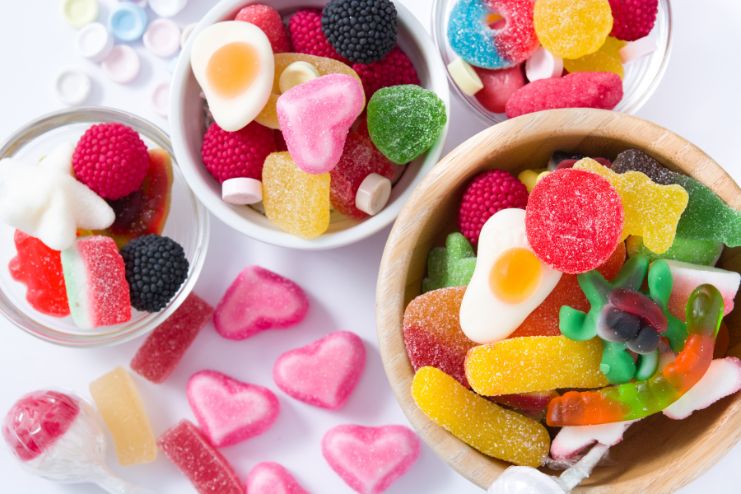
Artificial food dyes are synthetic colors that come from petroleum-based chemicals. These chemicals add bright colors to food and drinks, making them look better.
However, these dyes neither enhance the taste of food nor contribute to its nutritional value. They just make the food look visually appealing.
Common Types of Artificial Food Dyes
Several types of artificial colors can be used in food, but many of them have caused health concerns:
- Red 40 (Allura Red): In the U.S., Red 40 (Allura Red) is used more than any other color. You can find it in candy, fruit-flavored drinks, sweets, and snacks. Red 40 has been linked to hyperactivity in children and potential allergic reactions.
- Red 3 (Erythrosine): This dye is commonly used in bright pink foods, such as cherries and cake decorations. Animal tests have suggested a link between its consumption and thyroid cancer.
- Yellow 5 (Tartrazine): Tartrazine, which is Yellow 5, is often found in chips, cereals, and soft drinks. People who are allergic to it may get hives.
- Yellow 6 (Sunset Yellow): This color is often used in sauces, baked goods, and ice cream. Studies show that it might make sensitive kids more hyperactive.
- Blue 1 (Brilliant Blue) & Blue 2 (Indigo Carmine): These colors can be found in frostings, drinks, and sweets. Animal tests have made people worry about how Blue 2 might affect health.
- Green 3 (Fast Green): Some sweets and drinks still have Green 3 (Fast Green), but it’s not very common.
Where Are These Dyes Found?
Artificial food dyes are primarily used to give heavily processed foods vibrant colors. Some examples include:
- Candy (gummies, hard candy, jelly beans)
- Flavored sodas and sports drinks
- Breakfast cereals for kids
- Packaged snacks like chips and cheese puffs
- Baked goods with colored frosting or decorations
According to the Center for Science in the Public Interest (CSPI), U.S. consumption of artificial dyes increased five-fold from 1950 to 2012. Red 40, Yellow 5, and Yellow 6 account for about 90% of these dyes and are most commonly found in foods marketed to children.
This has raised growing concerns among parents and experts, prompting the question, are food dyes bad for kids? While not all children react to them, studies suggest that some kids, especially those with ADHD or sensitivities, may show changes in behavior after consuming these dyes.
READ NEXT: Hives in Children and Their Treatments
The Link Between Artificial Dyes and Hyperactivity
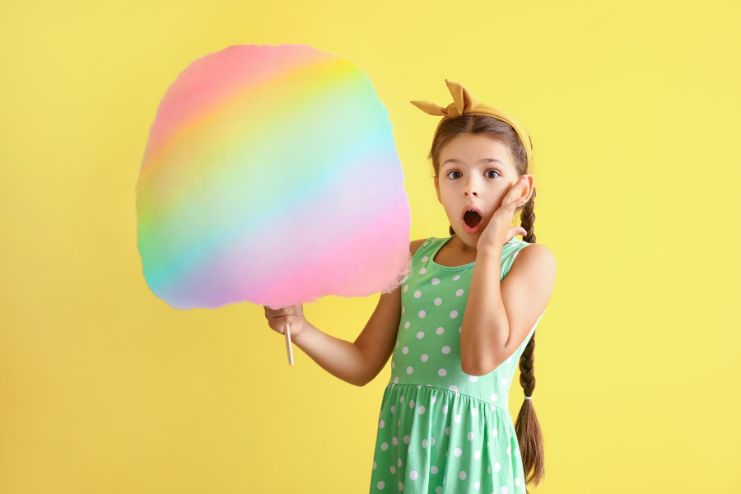
Parents and health experts are becoming increasingly concerned about the possible connection between artificial food dyes and hyperactivity in children. Evidence indicates that they may also influence children’s behaviors, particularly those diagnosed with attention-related disorders such as ADHD.
Research indicates that the relationship between food dyes and ADHD has produced conflicting results. Still, some evidence supports a relationship, especially for those with heightened sensitivity to dietary factors.
Meanwhile, while some regulatory bodies have taken action, others have not, which has created confusion, especially about the FDA regulations for food dyes. Let’s take a closer look at the research on food dyes and how they may relate to behaviors.
1. Scientific Studies & Findings
The Southampton Study (2007), published in The Lancet, is one of the most cited scientific findings regarding food dye sensitivity. This study found that combining certain artificial food dyes with the preservative sodium benzoate caused more hyperactivity in children as compared to the general population. Following this, the European Food Safety Authority (EFSA) required warning labels on foods containing specific synthetic dyes.
On the other hand, the U.S. Food and Drug Administration (FDA) reviewed the same data but concluded there wasn’t strong enough evidence to impose stricter FDA food dye regulations.
The FDA recognizes that some children can be sensitive to food dyes, but they feel confident that a dye is safe for everyone in the general population as long as it is within established limits.
There have been several meta-analyses examining the effects of diet on ADHD. Some studies noted moderate improvements when food dyes were removed from the diets of children who were already diagnosed with ADHD or identified as being sensitive to dyes.
However, the results aren’t consistent across all studies, suggesting that more targeted research is needed.
2. Behavioral Symptoms Potentially Linked to Food Dyes
Reported symptoms of behavioral changes related to artificial colorsinclude:
- Increased impulsivity and restlessness
- Reduced attention span and difficulty focusing
- Mood swings, irritability, and disrupted sleep patterns
These effects appear to be more common in children with existing attention issues or those who are more sensitive to dietary changes.
3. Genetic & Individual Sensitivities
Not all children respond to synthetic food dyes in the same manner. Children with ADHD or who have a family history of behavioral disorders may be at higher risk of having adverse reactions. New lines of research are beginning to pay attention to the gut-brain connection and explore a potentially different perspective.
Artificial dyes may affect the microbiota within the gut, and the gut microbiota can influence mood, attention, and behavior. This means there is an additional dimension to be concerned about when it comes to artificial food dyes and hyperactivity in children, which is why we are seeing more parents researching dye-free foods.
READ MORE: 10 Essential Nutrients for Children’s Growth & Development
How Different Countries Regulate Artificial Food Dyes
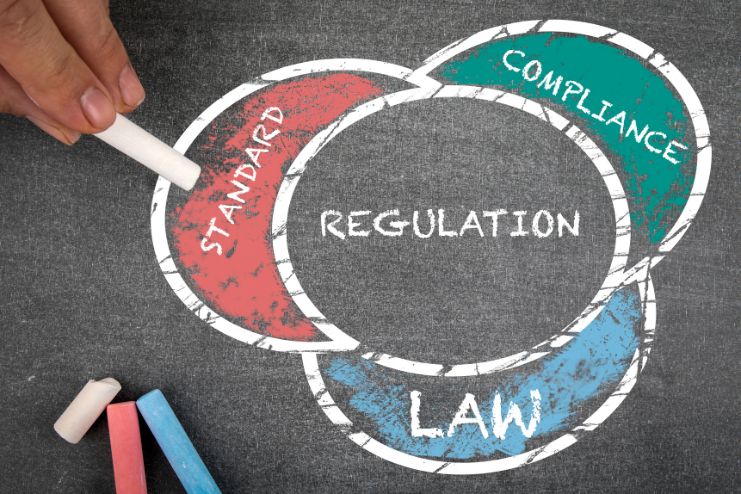
Artificial food dyes are mainly used to attract young consumers by making the food look more colorful. However, after the issues related to synthetic food dyes resulting in hyperactivity in children became apparent, food safety for children has become a significant concern. Different countries are taking different approaches when it comes to food safety for their young citizens.
With natural food coloring becoming a popular alternative, let’s explore how some governments are regulating these additives.
European Union
The European Union (EU) follows strict regulations when it comes to synthetic dyes. After the 2007 Southampton Study linked certain dyes to hyperactivity in children, the EU mandated warning labels on food products containing certain artificial dyes.
These labels must say: “May have an adverse effect on activity and attention in children.” Dyes like Red 40, Yellow 5, and Yellow 6 fall under this rule. Because of this regulation, many food manufacturers in Europe have switched to safer alternatives or completely removed artificial dyes.
United States (FDA)
In the United States, the Food and Drug Administration (FDA) assesses and approves food dyes by conducting safety tests. The agency establishes thresholds for the amount of dye that can be used in various food products.
The FDA has stated that some children may react adversely to some dyes, even though it does not mandate a warning label like the EU does. The FDA continues to examine scientific publications on food dyes and ADHD, artificial colors and behavior, and potential health hazards.
Presently, food dye regulations at the FDA allow the continued usage of all acceptable dyes within their set limits. However, as of January 2025, the US FDA has banned the use of Red 3 in food items and ingested drugs, which will be implemented by January 2027 for food and January 2028 for drugs.
United Kingdom
The UK has taken action in a more voluntary direction. Following increased public concern and scientific inquiry, several manufacturers based in the UK voluntarily removed artificial colors from many of their products, especially if the product is directed at children.
Although not legally required, removing artificial colors from products aligns with the growing consumer demand for high-quality items made with safer, natural ingredients.
Consumer Trends: Shift Toward Natural Colors
Across all regions, more consumers are choosing products with natural food coloring made from fruits, vegetables, and plant-based sources. This shift is driven by health-conscious shoppers, especially parents concerned about the possible effects of synthetic dyes.
As more people question whether food dyes are harmful to kids, food companies are responding by replacing artificial dyes with clean-label, natural alternatives— a significant step toward safer food choices for families.
READ NEXT: Managing Food Intolerances in Children
Natural Alternatives to Artificial Food Dyes
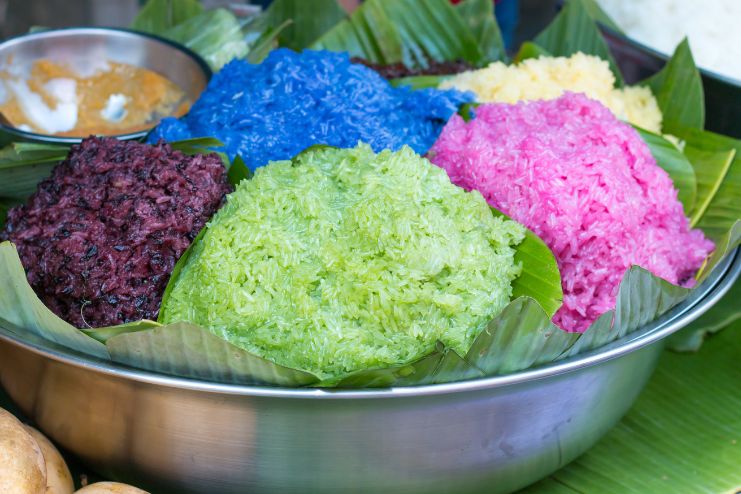
As more and more families worry about artificial food dyes, there is a rising preference for natural food color alternatives.
These natural colors are sourced from plants, fruits, and vegetables. They make the food more visually appealing and reduce the risk of side effects associated with artificial dyes.
1. Plant-Based and Natural Food Coloring Options
Many natural ingredients can be used to add vibrant color to foods. For example:
- Beet juice gives a deep red or pink shade.
- Turmeric offers a bright yellow hue.
- Spirulina, a type of algae, creates blue-green tones.
- Paprika and carrot juice are great for orange coloring.
- Anthocyanins, found in blueberries, purple cabbage, and blackberries, provide beautiful purples and deep blues.
Numerous food manufacturers are working to reformulate their products using plant-based alternatives for synthetic food coloring. The rationale is that these natural colors are deemed safe and beneficial for consumers because they provide small beneficial nutrients, such as antioxidants and vitamins, to consumers.
This gives the manufacturers another option to accommodate the consumer trend toward clean labels.
2. How Parents Can Reduce Artificial Dye Intake
If you’re concerned about your child’s exposure to artificial dyes, there are a few simple steps you can take:
- Read ingredient labels Look out for terms like FD&C Red 40, Yellow 5, or Artificial Colors, which signal the presence of synthetic dyes.
- Choose organic or naturally colored products whenever possible. These often use vegetable and fruit-based dyes instead of chemicals.
- Encourage whole, unprocessed foods. Fresh fruits, vegetables, whole grains, and home-cooked meals not only avoid artificial colors but also support better child nutrition and behavior overall.
You can even create natural food coloring at home using everyday kitchen items. Boiling red cabbage in water will produce a purple color, but adding baking soda will make it blue.
Small changes in your shopping and cooking habits can help limit your child’s consumption of artificial food dye and promote a healthier and more natural diet.
READ MORE: How to Talk to Your Kids About Mental Health
Conclusion
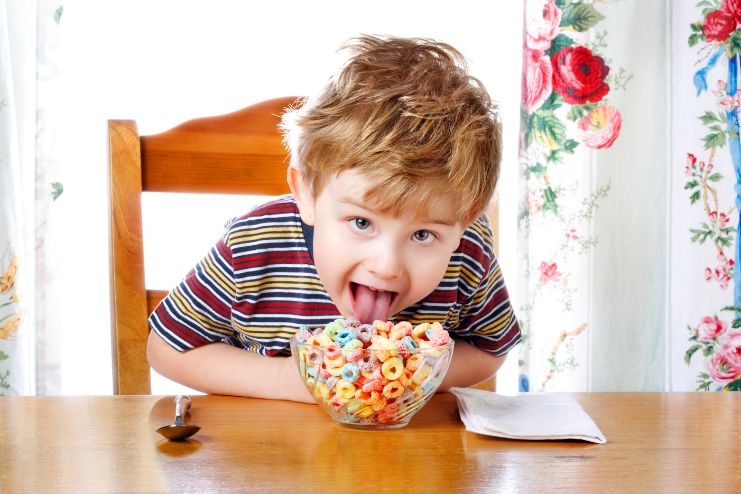
There is an ongoing conversation about the relationship between artificial food coloring and hyperactivity in children. While research studies generally support the notion of a potential link, it might be more relevant to children who are more susceptible to artificial dyes or children with ADD or ADHD.
Some children may have a more pronounced response to synthetic coloring, increased impulsiveness, fidgetiness, or even decreased focus after eating food with synthetic dyes. Children’s behaviors improve when synthetic dyes are removed from their diets, and this resolution to the problem reaffirms the importance of child nutrition and behavior.
Regulations regarding artificial food dyes vary worldwide. In the European Union, products containing certain artificial dyes must have warnings; the U.S. FDA permits using food dyes, but it continues to emphasize that the dyes are safe for use as long as they stay below the maximum recommended limits.
The discrepancy between the regulatory safety procedures reinforces the uncertainty and necessity for further research regarding the safety of these dyes for children and adults.
When considering safer options for parents, choosing food with natural food coloring or even whole food options is a positive step. These contain little to no artificial additives and can lead to better choices for healthy eating.
If you are worried about your child’s behavior and think food might be a factor, one solution is to read the labels on the food and make more “natural” or whole-food choices; sometimes, small diet changes can have a significant impact.
References
- https://www.webmd.com/add-adhd/childhood-adhd/food-dye-adhd
- https://publichealth.berkeley.edu/news-media/research-highlights/new-report-shows-artificial-food-coloring-causes-hyperactivity-in-some-kids
- https://www.smartkidswithld.org/getting-help/adhd/artificial-food-dyes-behavior/
- https://www.nhs.uk/conditions/food-colours-and-hyperactivity/
- https://www.cspinet.org/article/artificial-colorings-synthetic-food-dyes
- https://pmc.ncbi.nlm.nih.gov/articles/PMC2957945/
- https://www.henryford.com/blog/2025/01/health-risks-of-artificial-food-dyes
- https://pmc.ncbi.nlm.nih.gov/articles/PMC9573786/
- https://pmc.ncbi.nlm.nih.gov/articles/PMC3441937/
- https://www.fda.gov/food/color-additives-information-consumers/color-additives-foods
- https://www.sciencedirect.com/science/article/pii/S027869152300337X
- https://www.tandfonline.com/doi/full/10.1080/19440049.2016.1274431
- https://www.iacmcolor.org/wp-content/uploads/2014/09/PMCA-2014-McAvoy.pdf
- https://health.clevelandclinic.org/green-mac-n-cheese-anyone-9-easy-natural-ways-to-color-your-food
- https://www.uhhospitals.org/blog/articles/2025/02/natural-alternatives-to-artificial-food-coloring
- https://handletheheat.com/natural-vs-artificial-food-coloring/
- https://www.mdpi.com/2304-8158/12/22/4102
- https://www.thechefandthedish.com/post/how-to-make-natural-food-coloring-at-home-red-green-orange-yellow-and-purple-coloring-alternati
In this Article















